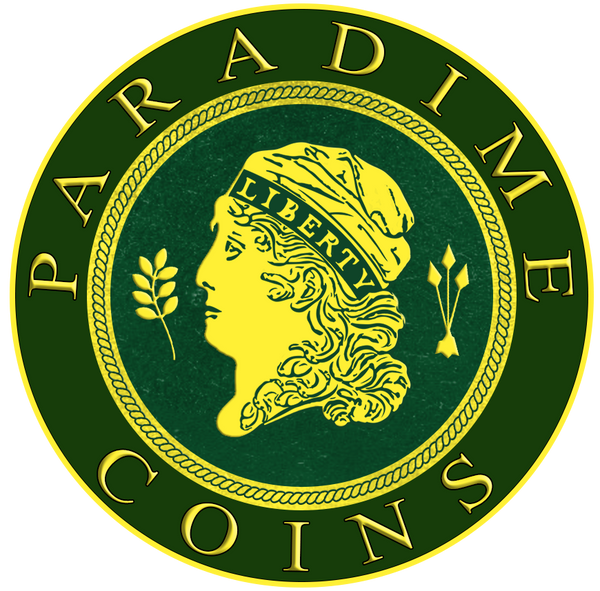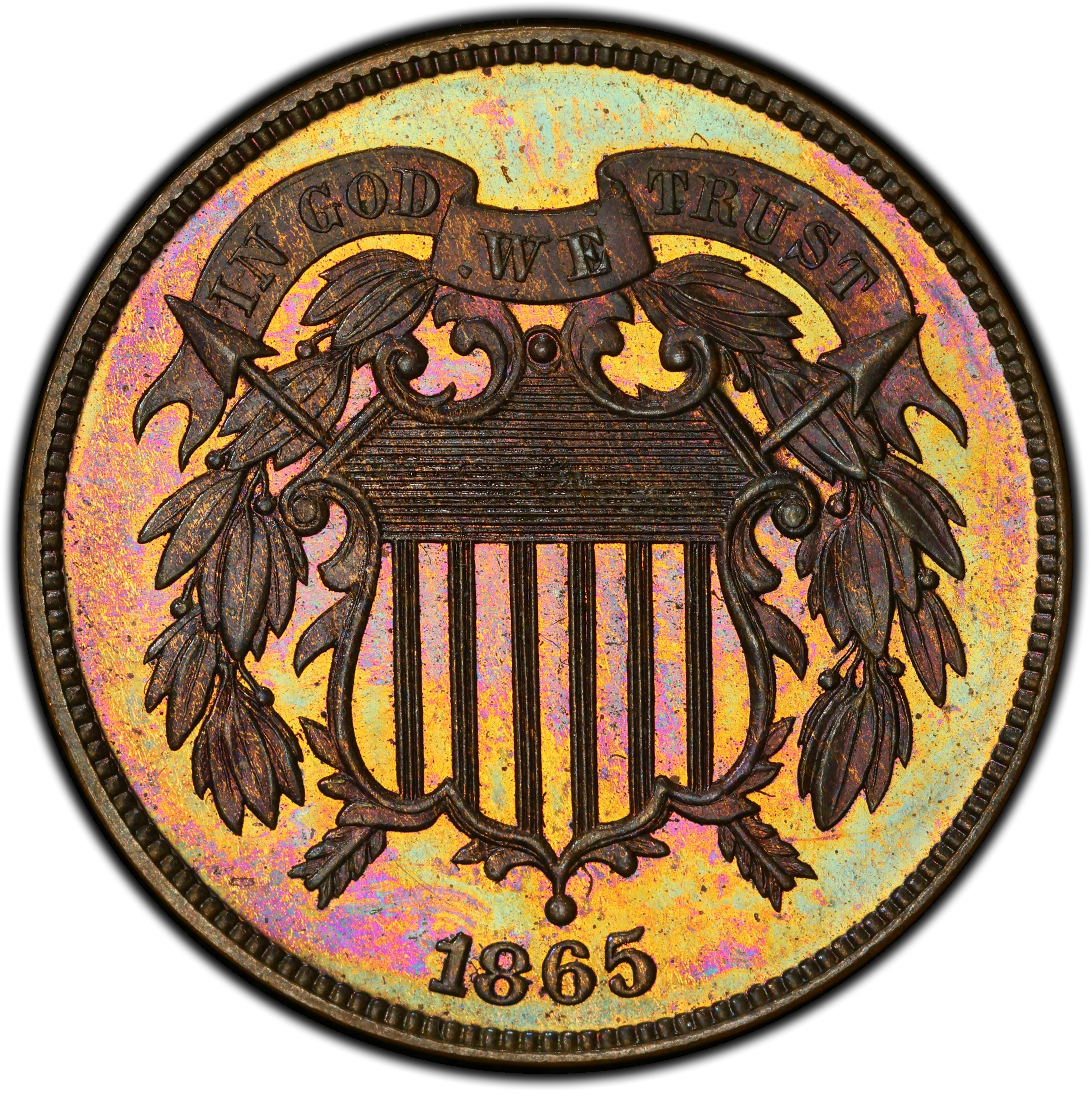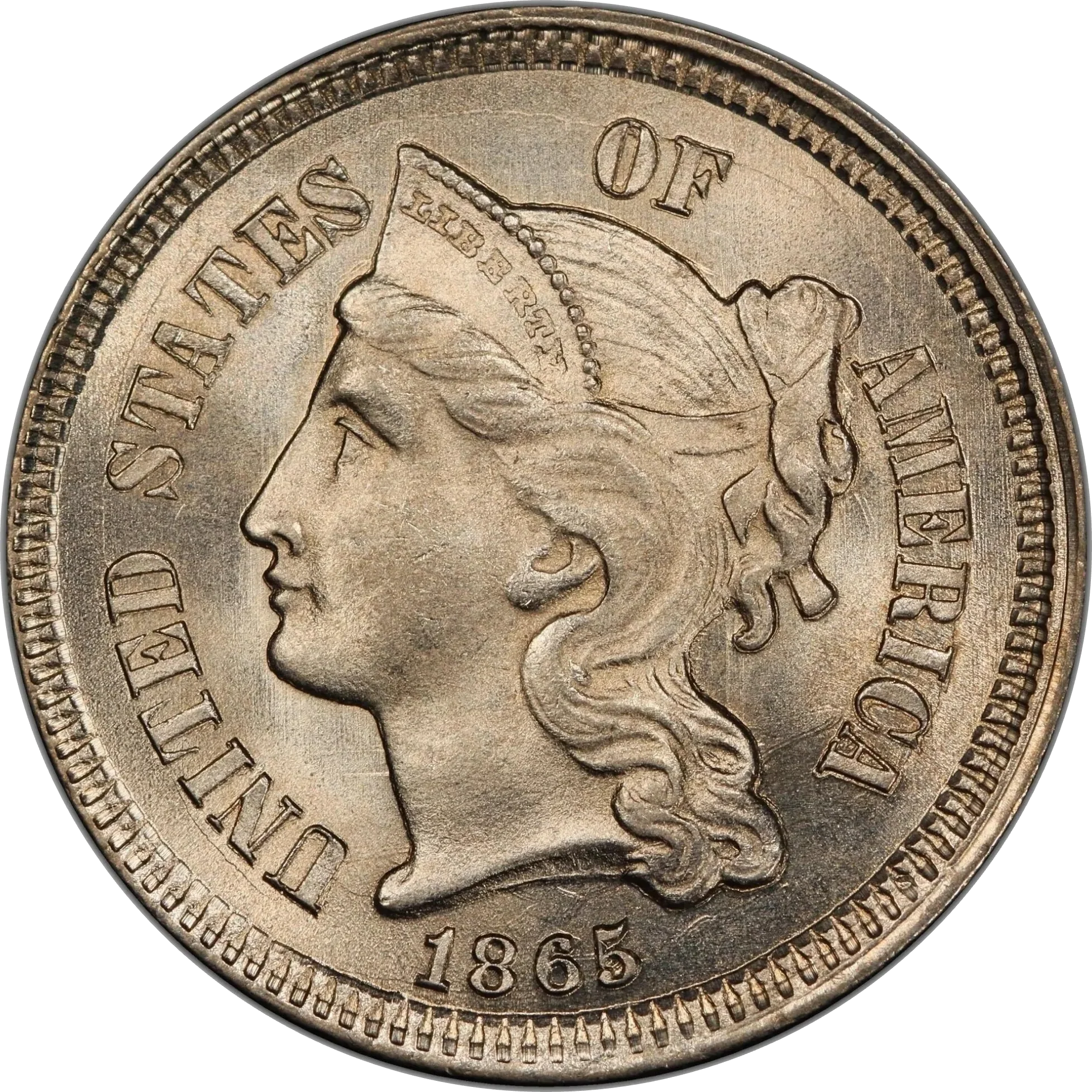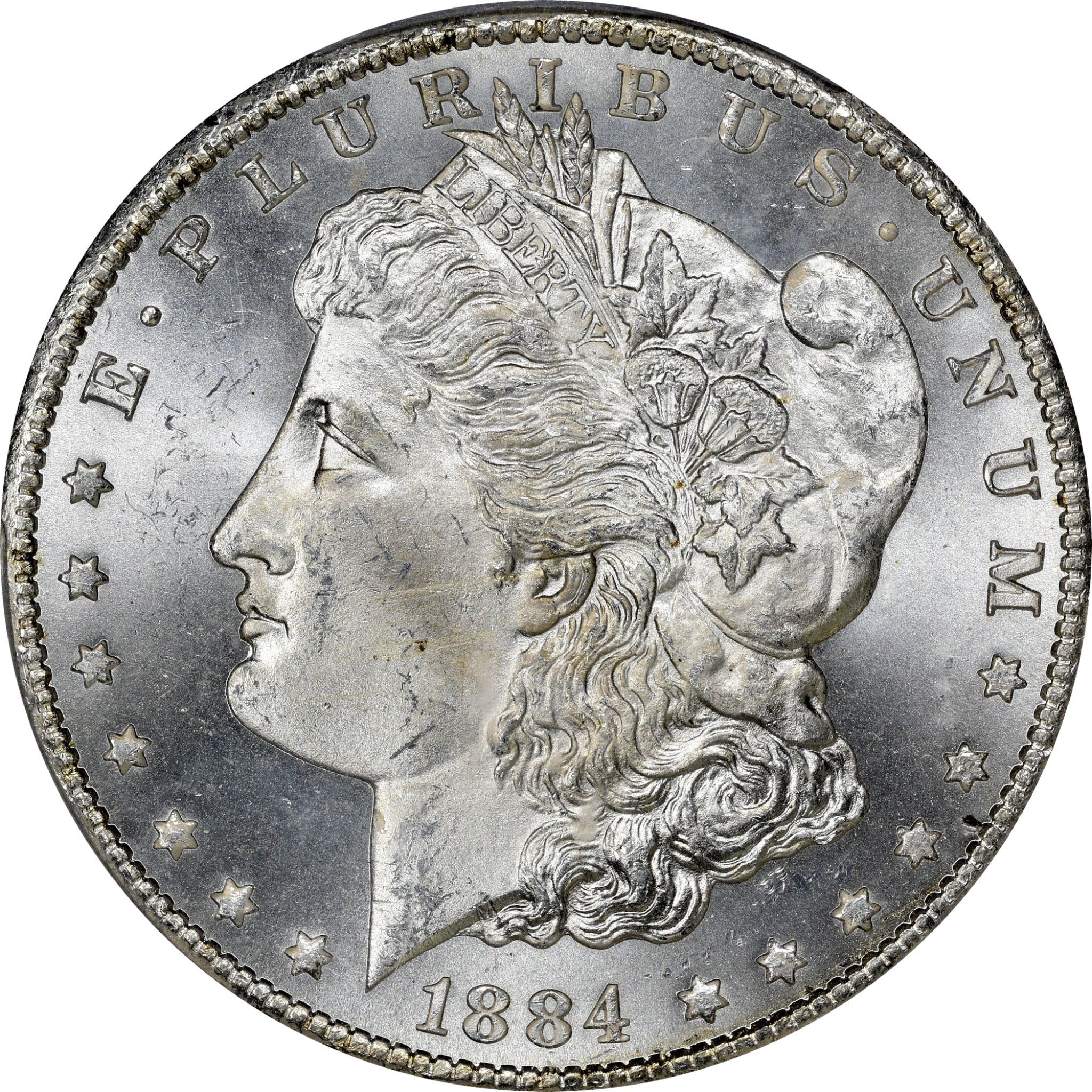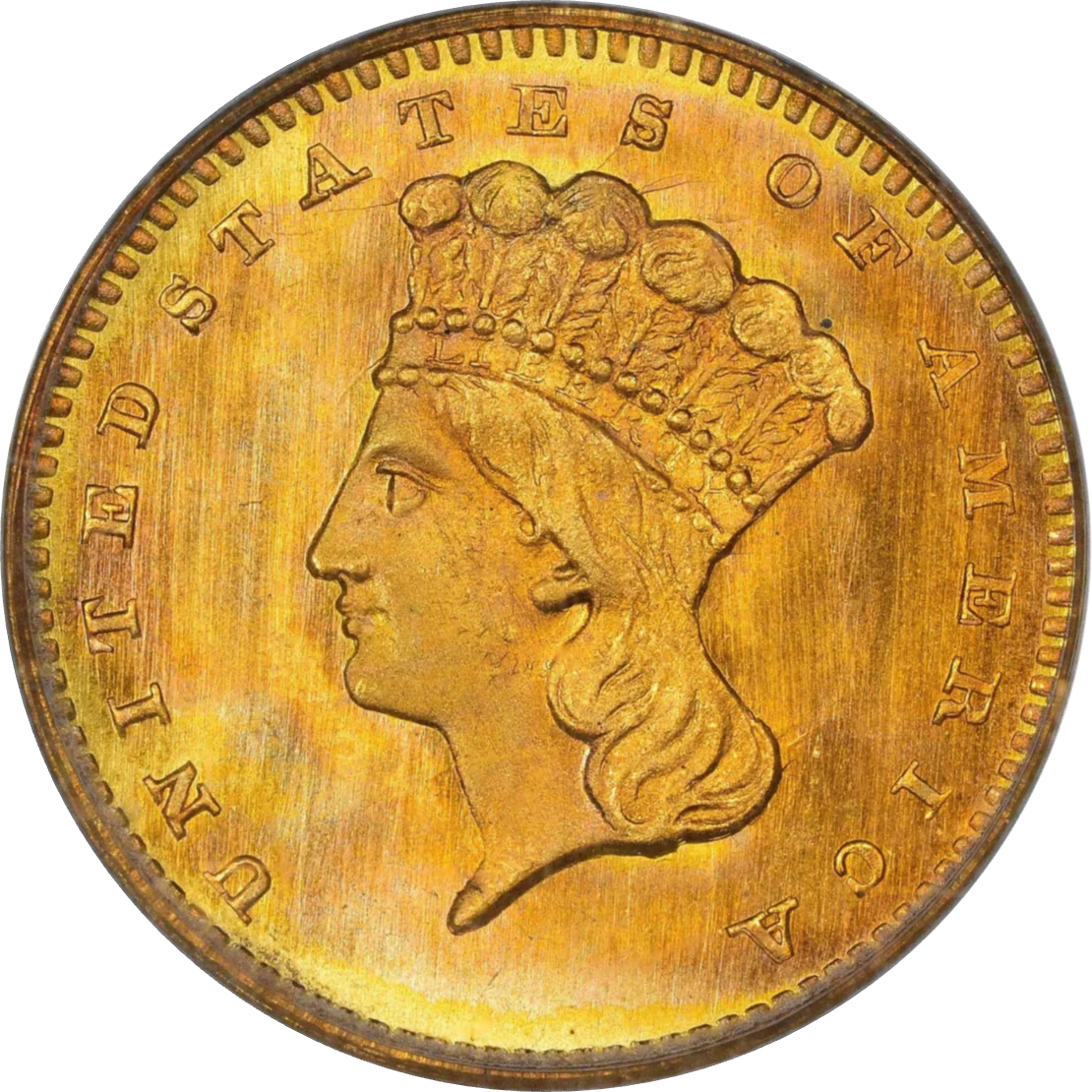Collection: Type 1, No Outline To Star
No products found
View All Inventory
Designed by: James Barton Longacre
Issue Dates: 1851-1853
Composition: 75% silver, 25% copper
Diameter: 14 mm
Weight: 0.80 grams (12.35 grains)
Edge: Plain
Business Strike Mintage: 36,230,940
Proof Mintage: Fewer than 60
Authorized by Congress on March 3, 1851, the silver three-cent piece, or trime, was introduced to ... Read More
Designed by: James Barton Longacre
Issue Dates: 1851-1853
Composition: 75% silver, 25% copper
Diameter: 14 mm
Weight: 0.80 grams (12.35 grains)
Edge: Plain
Business Strike Mintage: 36,230,940
Proof Mintage: Fewer than 60
Authorized by Congress on March 3, 1851, the silver three-cent piece, or trime, was introduced to facilitate the purchase of newly reduced three-cent postage stamps. Struck from 1851 to 1873, it holds the distinction of being the smallest and lightest silver coin ever issued by the U.S. Mint.
The initial Type I design (1851–1853) features a six-pointed star on the obverse with a central shield, surrounded by UNITED STATES OF AMERICA and the date. The reverse displays a C-shaped ornament enclosing the Roman numeral III, encircled by 13 stars. The coin’s composition—75% silver, 25% copper—was a deliberate deviation from the 90% silver standard to discourage hoarding.
Striking problems plagued the series from the outset. The small diameter and reduced silver content often resulted in weak strikes, particularly at the center. Adjustment marks are also common. Fully struck examples, especially in Mint State, are scarce.
The most notable issue is the 1851-O, struck at the New Orleans Mint—the only branch mint to produce this denomination and the only 19th-century U.S. coin under five cents to bear a mintmark. With a significantly lower mintage, it is considerably scarcer than its Philadelphia counterparts.
Over 30 million coins were struck between 1851 and 1853, making these early issues the most available today in grades from Good to Extremely Fine. However, About Uncirculated and Uncirculated examples, especially well-struck pieces, are increasingly difficult to find.
Though never widely popular in commerce, the silver three-cent piece remains an intriguing reflection of mid-19th century monetary policy and is a distinctive addition to any U.S. type collection.
... Read Less